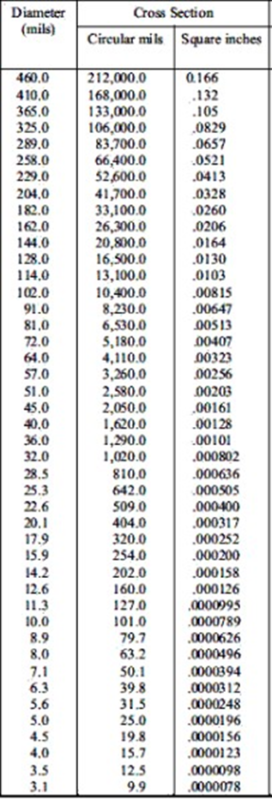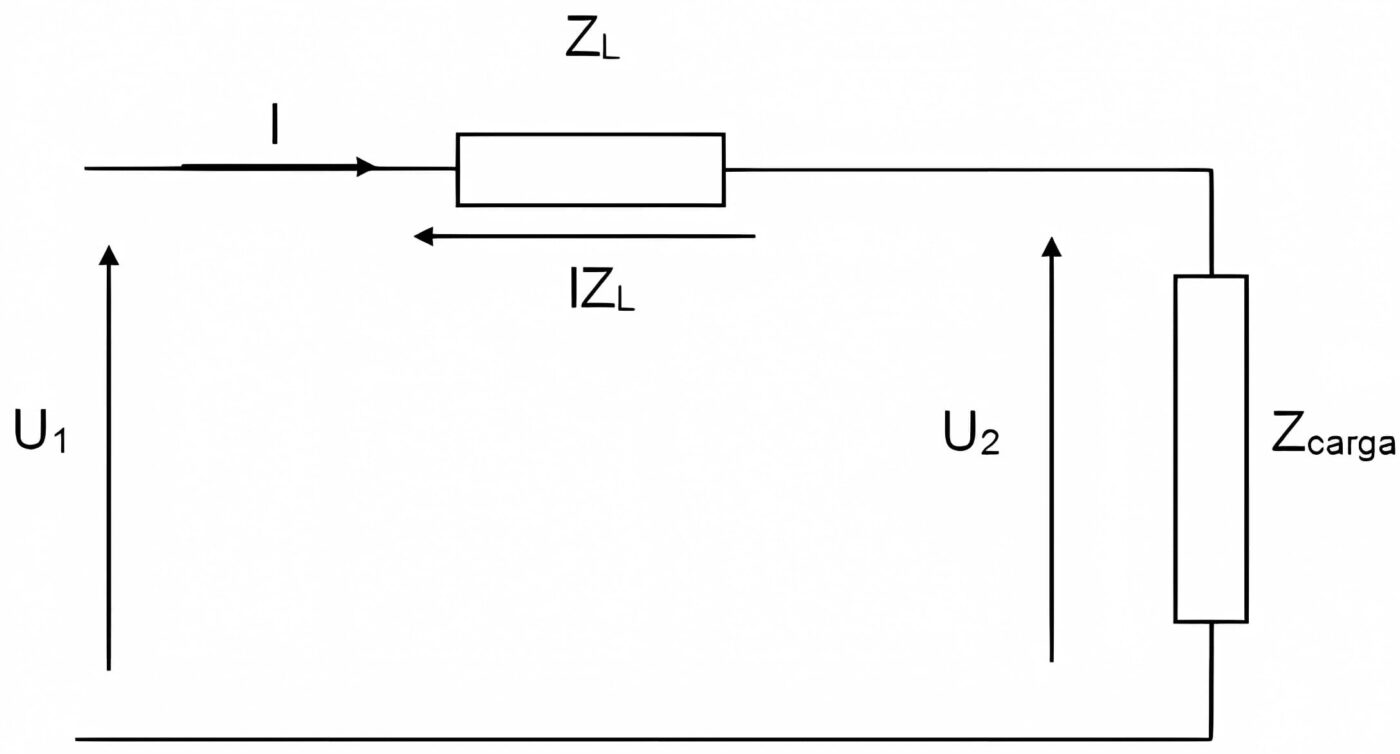Sistemas de Energía DC/AC
Calculation of DC voltage drop by commercial conductivity factor
One of the factors that must be given special attention when selecting electrical conductors is the power losses that occur in them. For this reason, we present the Calculation of DC voltage drop by commercial conductivity factor.
There are 2 methods to determine the voltage drop, the one we will study here uses the resistivity of the material. Both procedures are equivalent, so the choice of one or the other is at the discretion of the designer.
Data you need to have on hand
To calculate the voltage drop, the first thing you need to have on hand are the following circuit data:
- Current value consumed by the electrical load that the circuit will power, in Ampere DC
- Length of the circuit, only from the DC source to the load in meters
- Admissible voltage drop value, for example, depending on the equipment, it could be 0.5 Vdc, 1 Vdc, etc.
- Conductor material: copper or aluminum.
The image below shows the circuit associated with this data.

Now, the equation you need to apply is as follows:

Where:
CM, conductor that meets the specified voltage drop in Circular Mil. For more information on this, we invite you to read our post What are gauges in electrical conductors.
I, current consumed by the load, given in Ampere
L, length of the circuit in one direction given in meters
CV, is the maximum allowable voltage drop in Volt. You must calculate this value for each section of the circuit. For example, if you have a circuit that goes from a power panel to a remote distributor and from there to equipment. In this case, you must calculate the voltage drop 2 times.
This is because the distance and the CV will vary, so it is very likely that the conductor gauge will also vary.
The corresponding calculation can be seen in more detail in our sizing and design of dc power systems for telecommunications and critical systems course that we are developing. Don’t miss it!
K, multiplication factor obtained as follows:
K = 2 x Conversion from meters to feet x FC
How is K determined?
This multiplier is determined with the following components:
.- 2, to consider the distance from the source to the load and from the load to the source
.- Conversion from meters to feet, which is equivalent to 3.28
.- FC, commercial conductor conductivity factor corresponding to:
If it is copper, it would be 11.1
If it is aluminum, it would be 17.4
To find the conductor gauge, In the particular case of a copper conductor, the formula is as follows:

Once you have determined the CM, from the following table, you select the immediately superior conductor in the second column. In our article What are gauges in electrical conductors we present the meaning of these data and their equivalence.

rfcafe.com
The other methodology for determining voltage drop can be found in our article, already published, titled DC voltage drop in electrical conductors due to electrical resistance.
Read it; it will surely interest you. Here we say goodbye, but not without inviting you to visit our site energydcac. In its blog, you’ll find a lot of content on DC and solar energy topics. Also, if any article is unclear to you, don’t hesitate to ask; it will be a pleasure to answer you.

